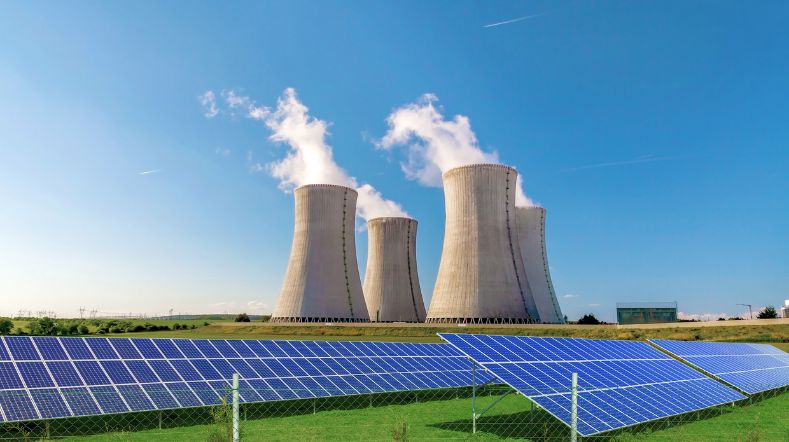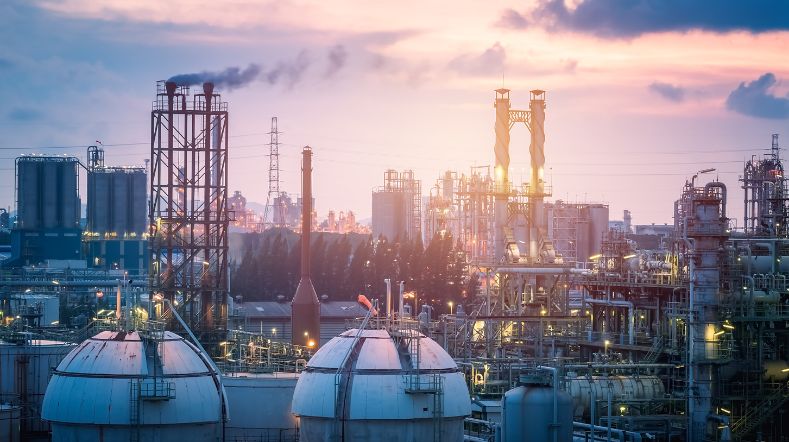
Disruptive energy technologies for the future mapped out
TNO has published a new Technology Radar commissioned by the Top Sector Energy. This radar provides an overview of emerging, system-changing (disruptive) technologies that could have a fundamental impact on the Dutch energy system in the long term (10–30 years). It is intended as a strategic tool for policymakers, businesses, and research institutions to anticipate technological breakthroughs in a timely manner.
The radar focuses on technologies and innovations with the potential to fundamentally reshape the energy system. These include new forms of electricity generation, innovative storage methods, CO₂-free industrial processes, and intelligent infrastructures.
'We looked at technologies that, if successful, could truly turn the energy system on its head,' says Aart Kooiman, lead author of the report and researcher at TNO. 'The radar helps identify blind spots in innovation policy and provides direction for follow-up research.'
Technology Radar
Curious about the 40+ technologies we've identified as potentially disruptive?
What makes this radar unique?
We combine future scenarios, international technological insights, and the practical expertise of specialists. This creates a clear picture of where real breakthroughs may occur—and where the Netherlands should focus its efforts.
The Technology Radar consists of three key components:
- An analysis of the TRANSFORM 2050 future scenario, in which the energy system undergoes a fundamental transformation.
- A selection of 180 technologies from the international IEA Clean Energy Technology Guide.
- Workshops with experts from TNO and the Top Sector Energy, where technologies were assessed for their impact and transformative potential.
Examples of disruptive technologies
- Electricity: tandem solar cells, small modular nuclear reactors, battolysers, superconducting cables
- Industry: photon-to-chemicals, biomass gasification, CO₂ capture in high-value chemical production
- Mobility: smart charging, nuclear-powered shipping, shared mobility
- Built Environment: thermochemical storage, digitalisation, alternative housing models
- Heat: ultra-low temperature heat networks, digitalisation, thermochemical storage
Bram Straten, Top Sector Energy, says: 'The radar helps us identify technologies with the potential to significantly impact the energy system of the future, enabling us to better anticipate and prepare.'
Get inspired
Nuclear energy in our future energy system


Everything about critical raw materials


Climate fund applications from the perspective of broad prosperity


Switching to a heat pump is financially attractive for 90% of single family homes


Impact of renewable energy and raw material imports on Dutch industry


